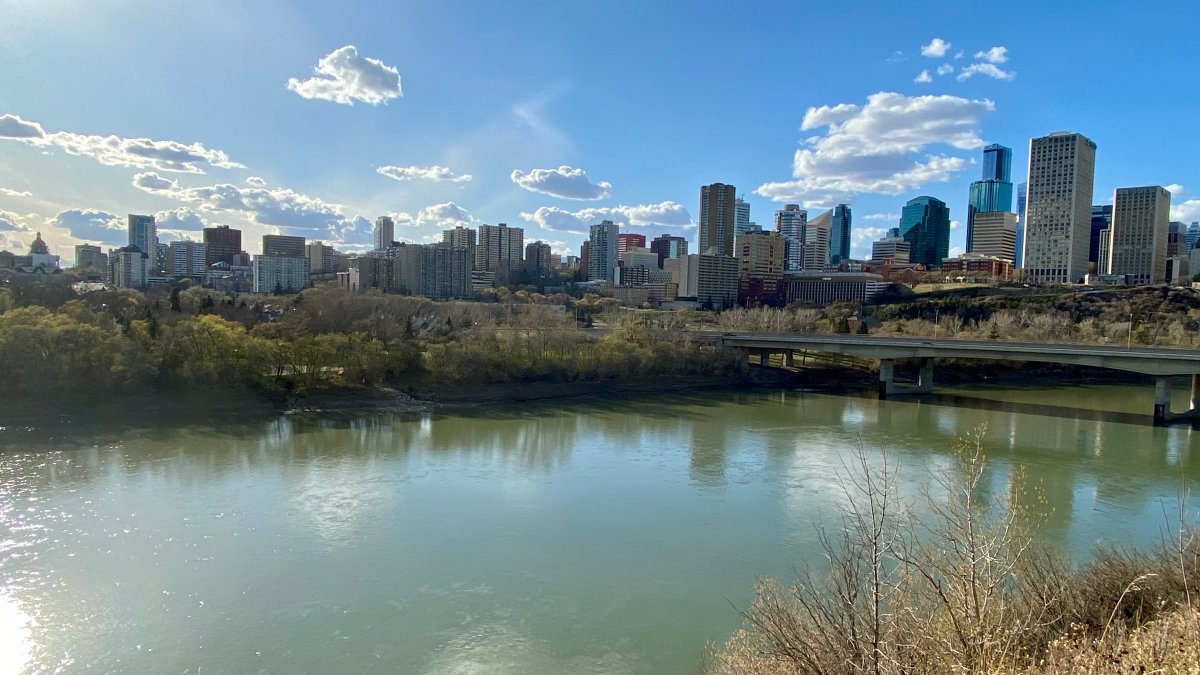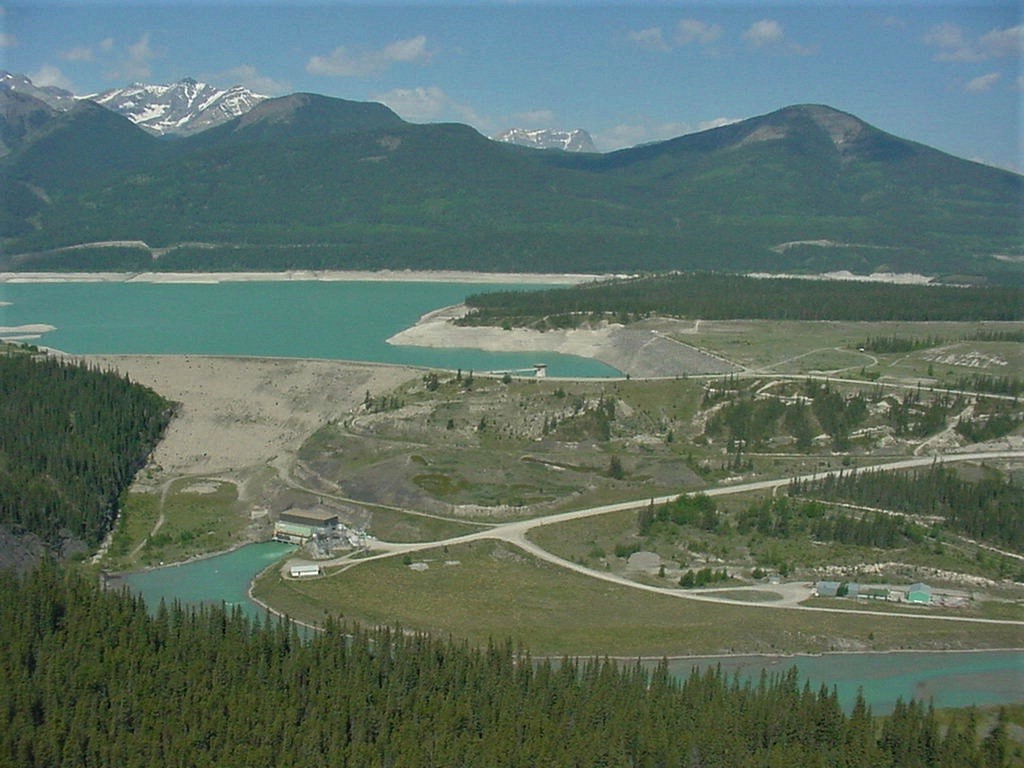Outdoor enthusiasts in western Alberta and Edmonton take heed: a planned dam release will result in the North Saskatchewan River flowing faster and higher than it normally would this time of year.

Starting Thursday, TransAlta said it will be releasing water from the Abraham Lake reservoir via the Bighorn Dam spillway that flows into the North Saskatchewan River west of Nordegg.
Edmonton Fire Rescue Services is advising people to stay off the North Saskatchewan River in the Capital region for the next few days.
TransAlta said the release is a proactive operation to manage elevation of Abraham Lake: a man-made body of water controlled by the dam in the Rockies.
River flows will increase over several days and reach approximately 175 m³/s.
The utility company said that’s at the upper end of normal river flows below the dam and is higher than seasonal water flows — similar to what is experienced earlier in the year.
Edmonton Fire Rescue said the release will present conditions typical of a spring run-off.
“We anticipate the river to collect debris from along the shorelines, creating hazards for boaters, river users and emergency responders,” said Ed Pitman, the acting chief of special operations.
“The river is unpredictable and flow rates are likely to change rapidly and without notice — posing a danger to even the strongest swimmers.”
Swift-moving water is relentless, making it unsafe for anyone — or their pets — to be near it and especially on it, the city said, adding fast-flowing debris will add an elevated risk.
TransAlta said an ongoing maintenance outage at the generating station, combined with high spring inflows, has combined to make the release necessary.
“The public is asked to remain clear of all waterways immediately upstream and downstream of the facility as flows may change rapidly and without notice,” TransAlta dam safety chief engineer Scott Taylor said in a statement.
The land around the dam and lake is popular for camping and outdoor activities, and the river is popular with canoers and boaters.
TransAlta said its hydro operations team is working with the province to temporarily restrict access around the Bighorn Dam and adjacent area, to allow the release to proceed safely.
Communities downstream, outdoor enthusiasts and recreationists making use of the river should be aware of higher water levels and that the river may contain more sediment and debris than normally expected, TransAlta said.
“Increased water volumes and fast flowing debris will present an elevated risk level to any river users during this period,” Taylor said.
The public is asked to avoid the dam area, respect posted signage and follow directions given by conservation officers and TransAlta staff.
According to Alberta Environment, the annual melt of the mountain snowpack is almost complete and levels on the North Saskatchewan are generally within the normal range for July.
Other rivers in Alberta, particularly to the south, are flowing at lower rates than normal due to recent hot, dry weather.
- B.C. introduces legislation recognizing Haida Gwaii Indigenous title
- Whale experts confident B.C. orca calf will survive, find family if rescue plan succeeds
- Chemical plant shuts down after high benzene levels detected near Ontario First Nation
- Plastic production cap still contentious as Ottawa set to host treaty talks





Comments